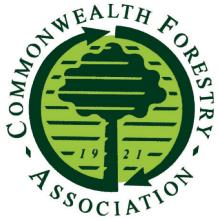Resource information
SUMMARYThis paper analyses the differences between forestland tenure systems in Canada and the US. Evolution of the two systems is primarily explained by variation of scarcity and land productivity. In early colonial times, Canada's economy was tightly linked to the fur trade with Indian people, while New England's economy was based more on agriculture with more intensive land use. In Canada, the focus was on the rights to timber from natural forests due to its abundant natural forests, poor road access and low productivity for farming, whereas in the US, the focus was on not just the forests but also the land as land was valuable for farming. While we emphasize the differences in scarcity in timber and timberland as the main cause of the disparity of the forestland tenure systems between the two countries, some legal and political factors are also explored.



